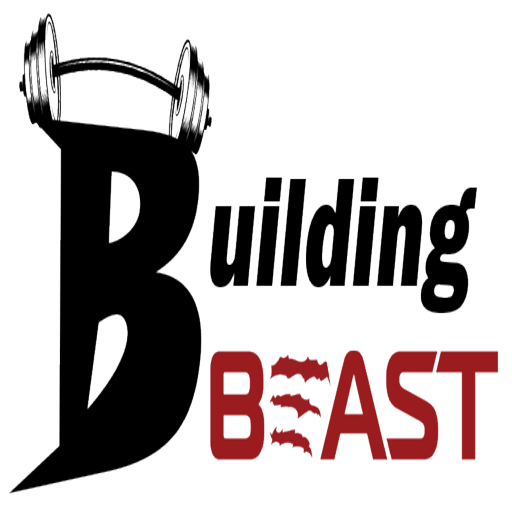The hamstrings are an important group of muscles that run down the back of the thigh. Strong hamstrings are crucial for activities such as running, jumping, and even walking. In this guide, we will cover everything you need to know about hamstring exercises, including why they are important, what muscles they work, and a comprehensive list of exercises you can do to strengthen your hamstrings.
Why are Hamstring Exercises Important?
Hamstring exercises are important for a number of reasons. Strong hamstrings can help to improve athletic performance, reduce the risk of injury, and even alleviate back pain. Additionally, strong hamstrings can help to improve posture and balance, which is important for overall physical health and wellness.
Importance of Hamstring Exercises
Hamstring exercises are important for many reasons, including improving athletic performance, reducing the risk of injury, alleviating back pain, and improving posture and balance. In addition, strong hamstrings can also improve flexibility, which can make it easier to perform daily tasks and reduce the risk of injury.
- Athletic performance: Strong hamstrings are important for athletes, especially those involved in sports that require jumping, running, and quick changes of direction, such as soccer, basketball, and football. Strong hamstrings can improve speed, power, and agility, allowing athletes to perform at their best.
- Injury prevention: Weak hamstrings can increase the risk of injury, especially in the knees, hips, and lower back. Strengthening the hamstrings can reduce the risk of injury by improving stability and reducing the strain on other parts of the body.
- Back pain: Weak hamstrings can also contribute to back pain. By strengthening the hamstrings, you can reduce the strain on your back and alleviate pain.
- Posture and balance: Strong hamstrings can also improve posture and balance, which is important for overall physical health. Good posture can reduce the risk of injury, improve athletic performance, and make it easier to perform daily tasks.
- Flexibility: Strong hamstrings can also improve flexibility, which can make it easier to perform daily tasks and reduce the risk of injury. By stretching your hamstrings regularly, you can increase their range of motion and improve your overall flexibility.
What Muscles Do Hamstring Exercises Work?
The hamstrings are made up of three different muscles: the semitendinosus, the semimembranosus, and the biceps femoris. Hamstring exercises work these muscles by contracting them and then relaxing them to increase their strength and flexibility.
Hamstring Exercises: A Complete List
Here is a list of effective hamstring exercises that you can do at home or at the gym:
-
Hamstring curls
This exercise involves using a resistance band or machine to curl your lower legs towards your buttocks. Hamstring curls work the hamstrings by contracting and relaxing them.
How to do-
- Lie facedown on a hamstring curl machine with the ankles under the padded lever.
- Curl the legs towards the buttocks, keeping the knees bent.
- Return to the starting position by extending the legs and returning the ankles to the starting position under the lever.
-
Deadlifts
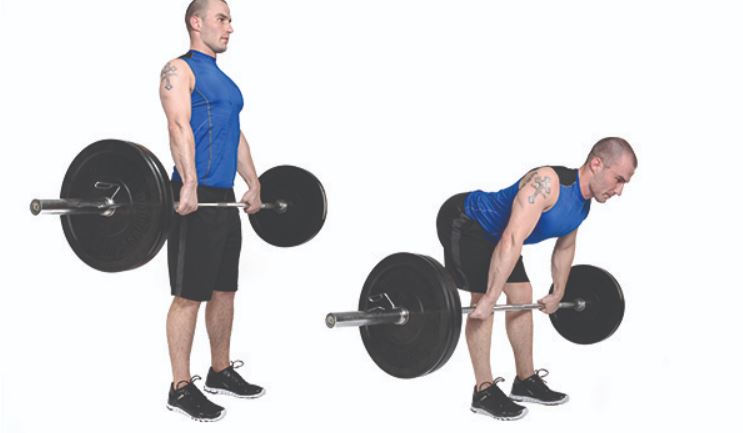
This exercise involves picking up a weight from the ground while keeping your back straight. Deadlifts work the hamstrings by contracting them as you lift the weight.
How To Do-
- Stand with feet shoulder-width apart and hold a weight in front of the legs with both hands.
- Keeping the knees slightly bent, bend at the hips while keeping the back straight and lowering the weight towards the ground.
- Return to the starting position by straightening the hips, bringing the weight back to the front of the legs.
-
Glute bridges
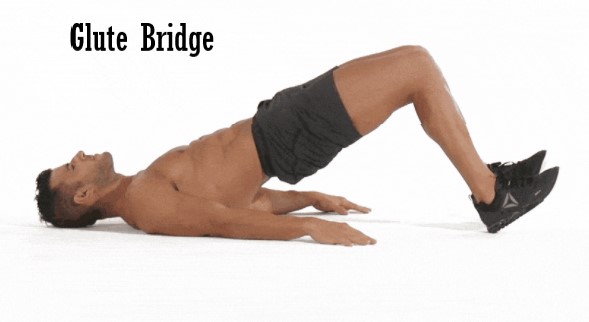
This exercise involves lying on your back and lifting your hips toward the ceiling. Glute bridges work the hamstrings by contracting them as you lift your hips.
How to do-
- Start in a prone position with hands and feet on the ground.
- Lift the legs and torso towards the ceiling until the body forms a straight line from head to heels.
- Return to the starting position by lowering the legs and torso back to the ground.
-
Lunges
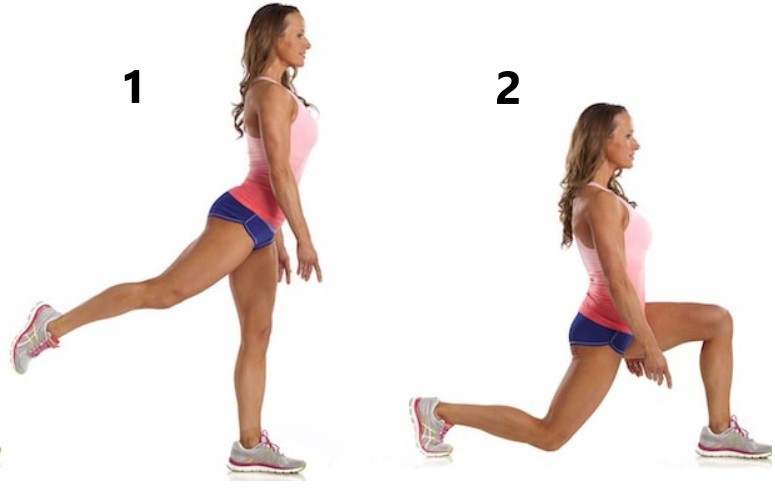
This exercise involves stepping forward with one foot and lowering your body until both knees form 90-degree angles. Lunges work the hamstrings by contracting them as you lower your body.
It is important to maintain proper form during lunges to avoid injury. The front knee should be directly above the ankle and the back knee should be hovering just above the ground. Keep the torso straight and engaged throughout the exercise. Start with a slow and controlled movement, gradually increasing speed and intensity as you become more comfortable.
How to do-
- Stand with feet hip-width apart and hands on hips.
- Take a large step forward with one foot, keeping the other foot behind.
- Lower the back knee towards the ground, keeping the front knee bent at a 90-degree angle.
- Push through the front heel to return to the starting position.
- Repeat with the other leg.
-
Leg presses
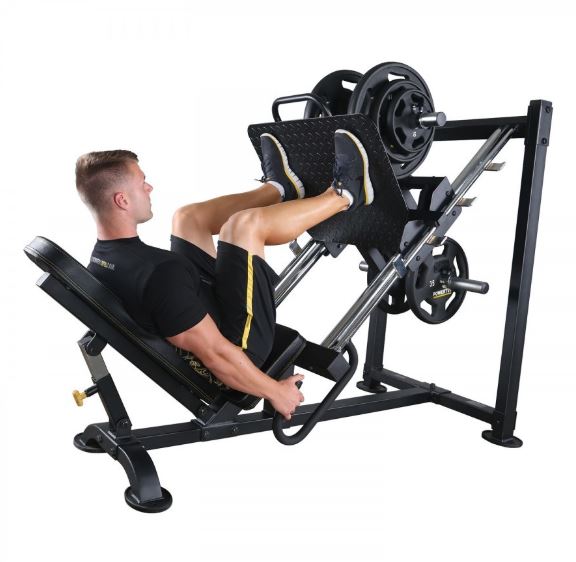
This exercise involves using a machine to press a weight away from your body. Leg presses work the hamstrings by contracting them as you press the weight.
How to do-
- Start by lying down on a leg press machine with feet shoulder-width apart on the platform.
- Lower the weight by bending your knees and keeping your back flat on the seat.
- Push the weight back up to the starting position, extending your legs.
- Repeat for the desired number of repetitions.
-
Good mornings
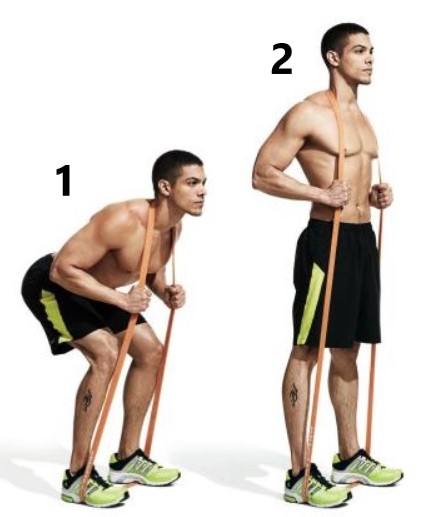
This exercise involves standing with a weight on your shoulders and bending forward at the waist while keeping your back straight. Good mornings work the hamstrings by contracting them as you bend forward.
How to do-
- Stand with feet hip-width apart, holding a barbell behind your neck.
- Keeping your back straight, bend forward at the hips, lowering the bar towards the ground.
- Return to the starting position and repeat for the desired number of repetitions.
-
Stiff-legged deadlifts
This exercise is similar to deadlifts, but with a greater emphasis on the hamstrings. Stiff-legged deadlifts work the hamstrings by contracting them as you lift the weight.
How to do-
- Stand with feet hip-width apart, holding a barbell in front of your legs.
- Keeping your knees slightly bent, bend forward at the hips, lowering the bar towards the ground.
- Return to the starting position and repeat for the desired number of repetitions.
-
Nordic curls
This exercise involves starting in a plank position and then slowly lowering your body toward the ground by bending your knees. Nordic curls work the hamstrings by contracting them as you lower your body.
How to do-
- Kneel on the ground with feet under your hips and hands on the ground in front of you.
- Lower your body towards the ground, keeping your hands on the ground for support.
- Use your hamstrings to return to the starting position and repeat for the desired number of repetitions.
Hamstring Workout Plan
To get the most out of your hamstring exercises, it is important to incorporate a variety of exercises into your workout routine. Here is a sample workout plan that you can follow to target your hamstrings:
- Warm-up: Start with a 5-10 minute warm-up, such as jogging or jumping jacks, to get your heart rate up and prepare your muscles for the workout.
- Hamstring curls: 3 sets of 12-15 reps
- Deadlifts: 3 sets of 8-10 reps
- Lunges: 3 sets of 12-15 reps (per leg)
- Leg presses: 3 sets of 12-15 reps
- Good mornings: 3 sets of 8-10 reps
- Stiff-legged deadlifts: 3 sets of 8-10 reps
- Nordic curls: 3 sets of 12-15 reps
Tips for Safe and Effective Hamstring Exercises
- Warm up properly: Make sure to warm up properly before starting your workout to reduce the risk of injury and improve performance.
- Use proper form: Make sure to use proper form when performing hamstring exercises to avoid injury and get the most out of the workout.
- Gradually increase weight: Gradually increase the weight you use to avoid injury and make sure that you are challenging your muscles.
- Stretch: Make sure to stretch your hamstrings after your workout to reduce soreness and improve flexibility.
- Incorporate a variety of exercises: To get the most out of your hamstring exercises, it is important to incorporate a variety of exercises into your workout routine.
FAQs
You can ask your queries to our professional trainers. Visit this page to ask your queries.
- What are 3 exercises that strengthen the hamstrings?
Three exercises that strengthen the hamstrings are:
- Romanian Deadlifts: This exercise targets the hamstrings, glutes, and lower back. It involves holding a weight in front of the legs and bending at the hips while keeping the legs straight to lower the weight towards the ground, then return to standing.
- Glute-Ham Raises: This exercise targets the hamstrings and glutes. It involves starting in a prone position with hands and feet on the ground, then lifting the legs and torso towards the ceiling and returning to the starting position.
- Hamstring Curls: This exercise targets the hamstrings. It involves lying facedown on a hamstring curl machine and curling the legs towards the buttocks, then returning to the starting position.
- How do you fix weak hamstrings?
To fix weak hamstrings, it is recommended to:
- Incorporate targeted exercises such as Romanian Deadlifts, Glute-Ham Raises, and Hamstring Curls into your fitness routine.
- Stretch regularly to improve flexibility.
- Gradually increase weight and resistance to build strength in the hamstrings.
- What are hamstring exercises for beginners?
- Hamstring exercises for beginners can include:
- Bodyweight exercises such as bridges and calf raise.
- Lighter-weight versions of more advanced exercises such as Hamstring Curls with a resistance band.
- Tips to avoid Hamstring Injuries?
- Warm up properly before exercise.
- Gradually increase weight and intensity.
- Stretch regularly to maintain flexibility.
- Listen to your body and avoid overtraining.
- Engage in proper form and technique during exercises to avoid strain on the hamstrings.
Conclusion
In conclusion, hamstring exercises are crucial for overall physical health and wellness. Strong hamstrings can improve athletic performance, reduce the risk of injury, alleviate back pain, and improve posture and balance. By incorporating these exercises into your workout routine, you can build stronger and more flexible hamstrings. Remember to warm up properly, use proper form, gradually increase weight, stretch, and incorporate a variety of exercises for best results.

